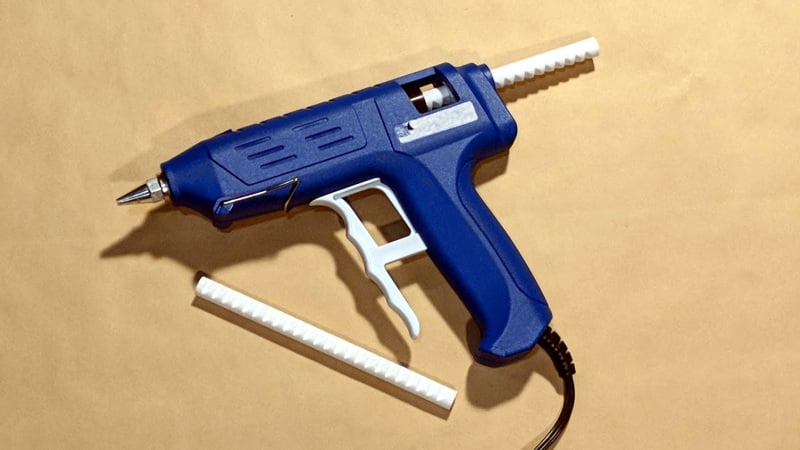Qualquer um pode controlar agora a sua Màquina, sem saber programação!
Brutal!
E podem controlar, vigiar etc.
E podem controlar, vigiar etc.
Machine Control at Your FingertipsMichael Di Staulo
We’re proud to present our new MachineMotion Pendant: a plug-and-play touchscreen interface for automated equipment powered by the MachineMotion controller. Now you can program, control, and monitor your machine through an intuitive code-free user interface.
The pendant features a 10.1-inch touchscreen, impact-resistant enclosure, rear mounting tabs compatible with UR’s eSeries Pendant Mount, and a comfortable hand strap. It also makes your system safer by ensuring an emergency stop button is always within the user’s reach.
https://www.vention.io/blogs/machine-control-at-your-fingertips-184
Note: Besides the cool uses that you see on the neat idea below, think also it can be used to COLORIZE details on monocrome Prints!
Isto é uma ideia que toda a gente gostaria de ter tido!
Paa o quê?
Para acabar, soldar ou reforçar, etc. umas peças com a vossa simples Pistola de Cola, o que vos poupa muito tempo e chatiçes!
Porreiro.
Até...
Pode servir para COLORIR detalhes duma impressão Monocromo, já pensaram nisso?
[Project] 3D Printing Sticks for PLA Hot Glue GunTyler Koslow
Who needs a 3D printer when you have a hot glue gun? This Hackaday project from Donald Papp shows us how to use molten PLA filament to glue 3D printed objects together.
When 3D printing ambitiously sized projects, hot glue guns come in handy as a tool to join two separate things together. But what if you could bind these objects with the very same PLA filament that you used to 3D print in the first place?
https://all3dp.com/weekend-project-3d-printing-sticks-for-pla-hot-glue-gun/
Cimento neles!
Já viram que bacansa de Impressoras 3D se faziam, com partes em CIMENTO, para tornar a máquina muito mais sólida?
Até TORNOS se podem fazer com Moldes, seguindo este método.
Useful both for 3D printers a lot more solid, AND even for Lathes, using this Cement Mold idea!
Create Concrete Products With 3D Printed MoldsFurther Fabrication
In this Instructable I wanted to show you my process, for making 3d printed moulds, to create cost effective prototype products, with cast concrete.
https://www.instructables.com/id/Create-Concrete-Products-With-3D-Printed-Molds/
Note, although Metal on the Microwave is a big NO-NO, removing the Kiln, at a certain temperature, and quckly pouring it onto a Mold...
That's feasable.
Derreter VIDRO no Micro-ondas!
E sabe-se lá que outros Materiais não-metálicos.
Porque Metal, no Micro-ondas...
NÃO!
Mas... Isso não impede de se poder retirar o Cadinho, com uma boa temperatura...
E, rápidamente, inserir um pouco de Metal, e logo, se verter para um Molde!
MEWAHAHAHAHA!
DIY Microwave Kiln | Fuse Glass in Your MicrowaveShakeTheFuture
In this Instructable, we'll look into way to make a microwave kiln.
For those who don't know what is a microwave kiln, here is a quick introduction.
Microwave kiln is a kiln that you can put in your regular microwave oven.
It does not use a wire heating element or gas to heat up. Microwave kiln is covered with silicon carbide.
Silicon carbide absorbs microwaves and turns them into heat.
Microwave kilns are usually used to fuse glass.
You can turn broken glass into amazing jewelry.
https://www.instructables.com/id/DIY-Microwave-Kiln-Fuse-Glass-in-Your-Microwave/
Tempera-se Metal...
Porque não, PLA?
É o que este nosso amigo nos ensina a fazer:
Annealing PLA Prints for Strength – 2 Easy WaysMiroslav Sarcevic
Background Information
Annealing, when referring to metals, is when you heat up a material to make it less brittle and more pliant. In order for this physical change to occur, you have to heat the material to a sweet spot that’s cooler than its melting point but hotter than the temperature it recrystallizes at. You have to maintain this temperature for a while and then let it naturally cool down.
...
Annealing Plastic
Though this definition refers mostly to metals, a similar process can also be used with plastic. The technology behind plastic annealing is not new. It has been used for decades in the production of injection-molded plastic objects. Annealing is used to reduce internal stress in molded parts and make those parts stronger and less prone to warping.
https://all3dp.com/2/annealing-pla-prints-for-strength-easy-ways/







